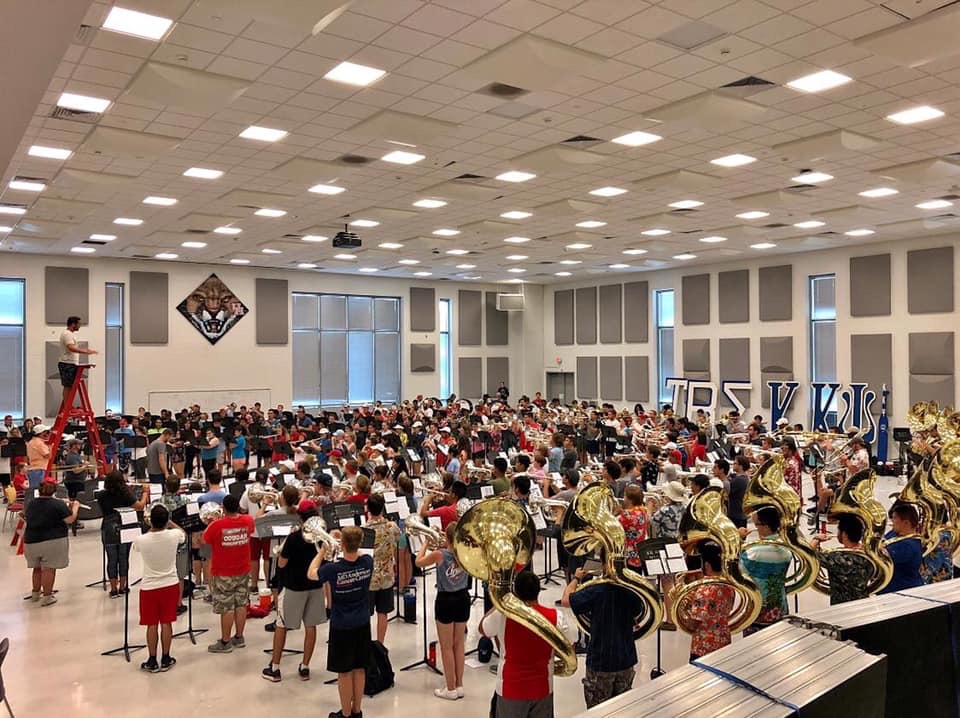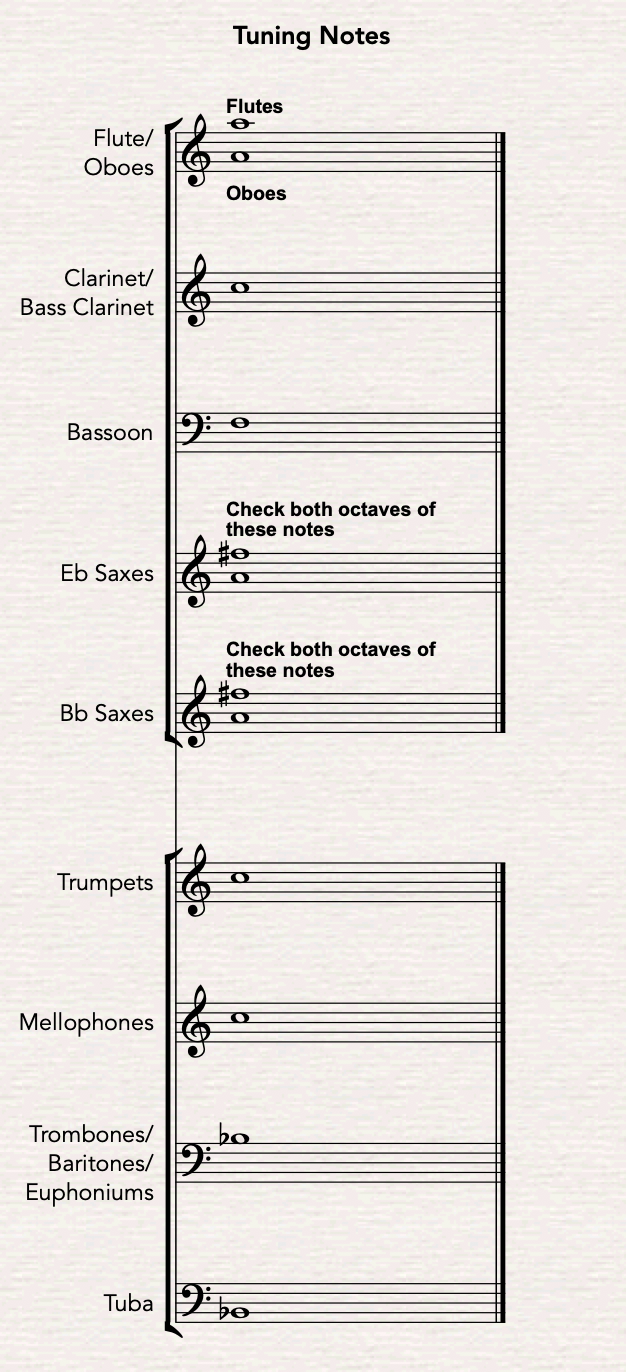Winds: The 3 Ts of Ensemble

Winds: The 3 "T"s of Ensemble
In Tone, In Tune, and In Time: 3 short ideas for a better ensemble concept
By: Jordan Barker, PRM Intern
What is In Tone, In Tune, and In Time?
In Tone, In Tune, and In Time is a phrase I’ve heard and been taught my whole life as the foundation for ensemble concept here in the state of Texas, and specifically in the Eddie Green method for band. Ensemble sound concept being defined as the balance of all instrument parts to create a cohesive wind section sound. These aforementioned 3 simple reminders involve every aspect of music making as a group.
- In Tone asks the question of “are my students (am I) making the best and most characteristic sound on their instruments?”
- In Tune asks the question both to you as the director and to your students “am I playing in the center of my instrument?”
- In Time asks the question “Am I playing to my feet and are my feet with the metronome? Are my starts and releases of each note with my feet?”
These 3 checkpoint questions allow for the most essential of ensemble concepts: tone quality and timing. They’re easy to remember and you can ask your students these question during warmup, before a show, in class, and as a constant reminder to themselves during a performance. These 3 questions and the balancing of your ensemble can’t really happen without each other either, as its extremely difficult to be in tune if your students aren’t playing with the most characteristic sound, and being in time is an overarching factor in this activity of ours.

Breaking Down IN TONE/IN TUNE
During all facets of your rehearsal or show it’s important that your students never get past their best, most resonant sound possible. This will allow for even in the loudest impact sections for the color of the entire brass and woodwind section to create a true full and colorful band sound instead of just sounding like a synth keyboard pressing all its keys down on a generic wind section patch.
I love loud just as much as the next trumpet player, but the best loud is one that has a wonderfully resonant tone attached to it. When you warmup, and even at a mid way point of your rehearsal, give your band a reference pitch in the middle of the horn where they have the best chance of success being in tune and in tone with the least amount of tension and register challenges. For many bands, this would be Concert F (potentially adding in Concert C for our mellophone performers).
Using Tonal Energy, Harmony Director, or a DB-90 Dr. Beat give your band the reference pitch; then have them add their sound to it. Return to Concert F several times and have students utilize this pitch for a tension free, resonant sound and then use their tuning note (Chart included above) for placing their instruments at the correct length for the inside or outside conditions. In closing, perfect pitch cannot be achieved without consistent tone across the sections and ensemble. And volume (as we all love to hear from our bands) is far easier to achieve with a pure, resonant tone and a in tune, balanced wind sound.
Breaking Down IN TIME
A large part of music in general, timing should be a constant focus during warmups, rehearsals, and shows. Ask students if they’re playing with their feet. Ask them if they are starting and releasing on the specified counts written. Ask them if they are mentally subdividing into eighth notes or sixteenths even during rests. All of these questions and techniques will only enhance your timing. Subdivide those long tone warmups or your chorale into eighth notes, then return to a “As Written”, and see an instant change in your wind section timing and direction of phrase. Your ballad is shaky? Have your students remind themselves of starting and releasing those long phrases together. Subdivide those phrases on the move even or while moving the feet in place.

The next time you’re in warmup with your marching band or in concert band season, ask yourself and your students are they in tone, in tune, and in time with each other? If not, identify the problem areas. Is it the tubas? Trumpets? Flutes? or a combination of sections/individuals? Is my band not listening to the melody? Are they dragging in a big impact section? Focus on producing a great sound (volume isn’t a concern if there’s not a characteristic sound to start from), then not by necessarily tuning each student but through the awareness of the group around them, starting with the people next to them, going to a sectional listening awareness, then to a full band awareness, ask if they are in tune. And as always, this is marching band. The awareness of time in relation to the hands of your drum major, the metronome, and the feet of each performer is paramount to the success of your ensemble. Happy banding!

